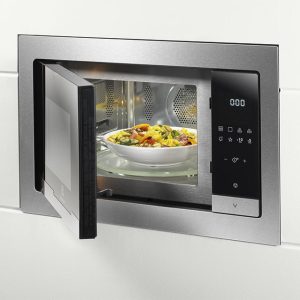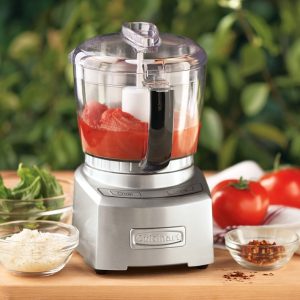
Introduction
Discovering water in your dishwasher when it’s not in use can be a frustrating and concerning issue. This unexpected occurrence raises questions about the source of the water and the potential risks it poses to your appliance and kitchen. In this guide, we will explore the common causes of water accumulation in a dishwasher when it’s not in use and provide specific solutions to address each issue. By understanding the underlying reasons and following the recommended steps, you can prevent water from accumulating and ensure the proper functioning of your dishwasher.
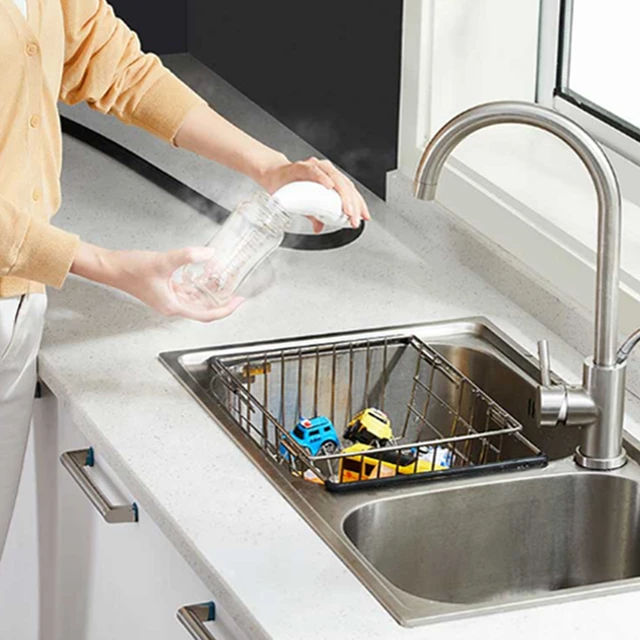
Why does my dishwasher get water when not in use?
Normal Residual Water
1.1. Explanation
It’s essential to understand that a small amount of residual water in the bottom of the dishwasher is normal. The dishwasher’s design incorporates a sump or drain area where a small quantity of water is intentionally retained to prevent the rubber seals from drying out and becoming brittle.
1.2. Solution
If you notice a small amount of water in the bottom of your dishwasher after a cycle, there is typically no cause for concern. Simply wipe away the residual water with a towel or sponge, and the dishwasher will be ready for its next use.
Drainage Issues
2.1. Clogged Drain Hose
If your dishwasher’s drain hose is clogged or obstructed, water may back up and accumulate in the dishwasher when not in use.
2.2. Solution
Inspect the drain hose for any kinks, bends, or blockages. Straighten out any kinks or bends, and remove any debris or obstructions. Ensure that the drain hose is properly connected to the dishwasher and that it has a slight downward slope to facilitate proper drainage.
Faulty Check Valve
3.1. Explanation
A check valve is a component that prevents water from flowing back into the dishwasher after it has been drained. If the check valve is faulty or defective, water may leak back into the dishwasher when it’s not in use.
3.2. Solution
Locate the check valve, usually located near the drain pump or drain hose. Inspect it for any signs of damage or malfunction. If the check valve appears to be faulty, consult your dishwasher’s user manual for instructions on replacing the valve or contact a professional technician for assistance.
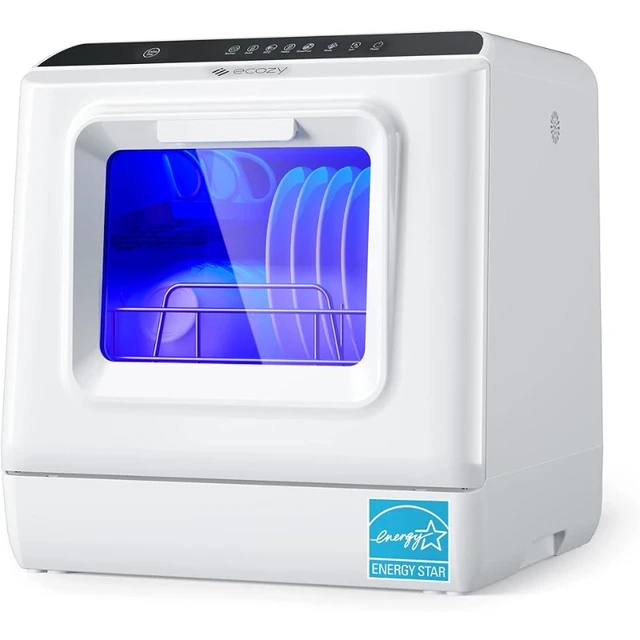
Improper Installation of the Drain Hose
4.1. Incorrect Height
If the dishwasher’s drain hose is installed too high or too low, it can impede proper drainage and cause water to accumulate in the dishwasher when not in use.
4.2. Solution
Refer to your dishwasher’s user manual for specific installation guidelines regarding the height and positioning of the drain hose. Ensure that the drain hose is properly installed according to the manufacturer’s recommendations. The correct height and positioning will allow for efficient drainage and prevent water from pooling in the dishwasher.
Malfunctioning Float Switch
5.1. Explanation
A float switch is a mechanism inside the dishwasher that detects the water level. If the float switch becomes stuck or malfunctions, it may not accurately detect the water level and can lead to water accumulation.
5.2. Solution
Locate the float switch, typically located at the bottom of the dishwasher tub or near the front. Gently lift and lower the float to ensure it moves freely and is not obstructed. If the float switch appears to be damaged or non-functional, it may require replacement. Consult your dishwasher’s user manual or contact a professional technician for assistance.
Faulty Water Inlet Valve
6.1. Explanation
The water inlet valve controls the flow of water into the dishwasher. If the valve is faulty or does not close properly, it may continue to allow water to enter the dishwasher even when it’s not in use.

6.2. Solution
Inspect the water inlet valve for any signs of damage or malfunction. Consult your dishwasher’s user manual for specific instructions on accessing and replacing the water inlet valve or seek professional assistance.
High Water Pressure
7.1. Explanation
Excessively high water pressure can lead to water accumulating in the dishwasher when not in use. The high pressure can cause the water inlet valve to remain partially open, allowing water to continuously enter the dishwasher.
7.2. Solution
Check your home’s water pressure using a pressure gauge. If the pressure exceeds the recommended range (typically between 20-120 psi), you may need to install a pressure regulator on your water supply line. This will help regulate the water pressure and prevent excessive pressure from causing water accumulation in the dishwasher.
Plumbing Issues
8.1. Backflow from Sink or Garbage Disposal
Improperly installed plumbing connections or a malfunctioning sink or garbage disposal can cause water to flow back into the dishwasher.
8.2. Solution
Ensure that the dishwasher’s drain hose is connected to a dedicated drain line and not directly to the sink or garbage disposal. Verify that the plumbing connections are secure and that there are no leaks or blockages. If you suspect a plumbing issue, consult a professional plumber to inspect and rectify the problem.
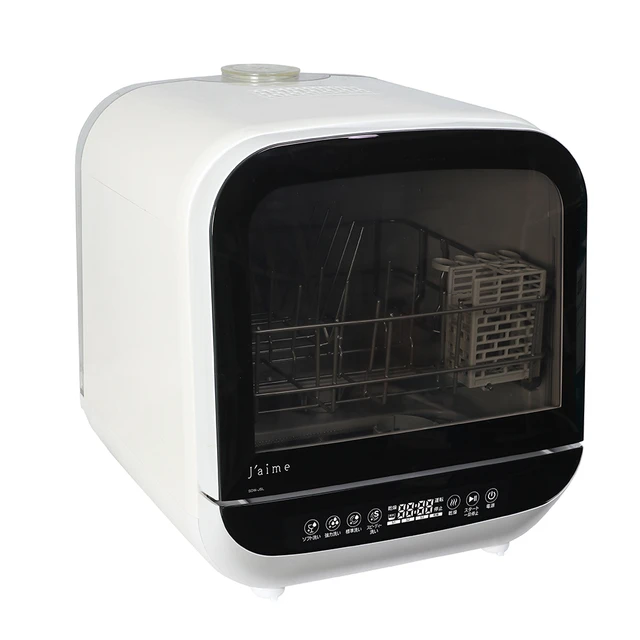
Regular Maintenance and Prevention
9.1. Routine Cleaning
Perform regular cleaning and maintenance tasks to keep your dishwasher in optimal condition. Clean the filter, spray arms, and interior surfaces regularly according to the manufacturer’s recommendations to prevent blockages and ensure proper drainage.
9.2. Scrape Food Residue
Prevent food particles from entering the dishwasher by thoroughly scraping dishes and utensils before loading them. This helps prevent debris from clogging the drain and causing water accumulation.
9.3. Check Seals and Gaskets
Inspect the dishwasher’s seals and gaskets periodically for any signs of wear or damage. Replace any damaged seals or gaskets to ensure a tight and secure closure, preventing water from leaking into the dishwasher when it’s not in use.
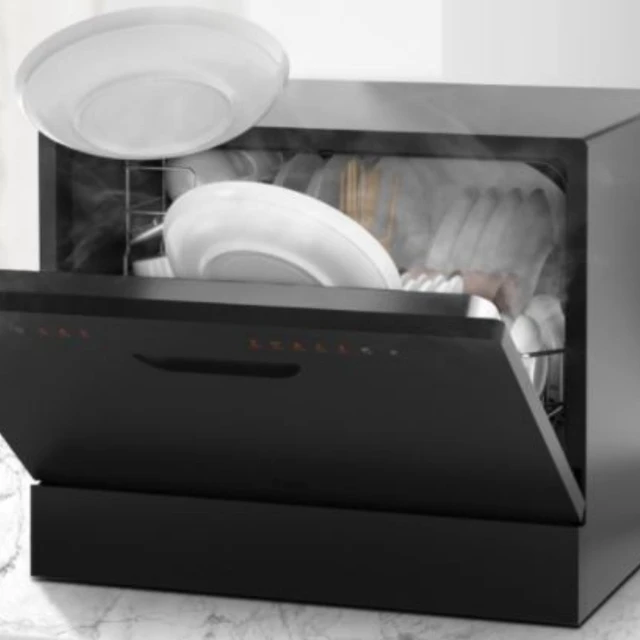
Conclusion
Water accumulation in a dishwasher when it’s not in use can be attributed to various factors, including drainage issues, faulty components, improper installation, and plumbing problems. By understanding the underlying causes and implementing the recommended solutions, you can address these issues and prevent water from accumulating in your dishwasher. Regular maintenance, proper installation, and routine checks of key components will help ensure the optimal performance and longevity of your dishwasher. If you encounter persistent issues or are unsure about the source of the problem, consult your dishwasher’s user manual, contact the manufacturer’s customer support, or seek professional assistance from a qualified technician or plumber.
